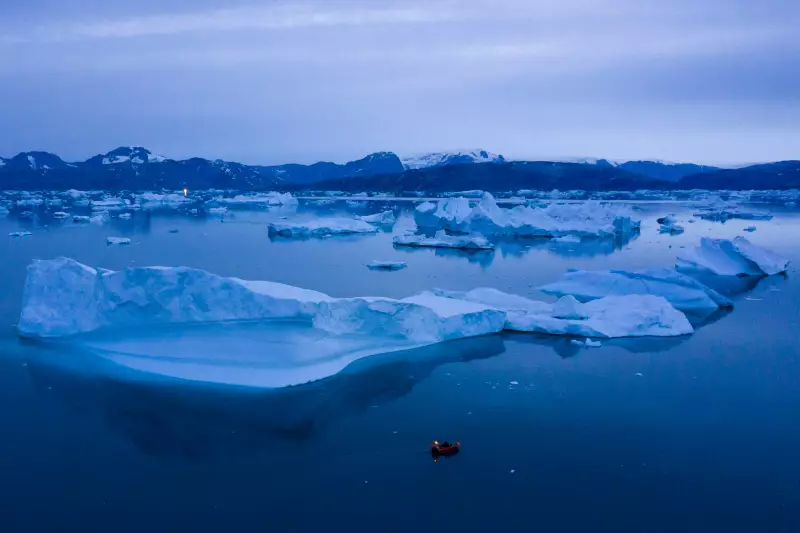
In a stunning discovery that has sent shockwaves through the scientific community, researchers have documented an Antarctic glacier undergoing catastrophic collapse, shedding nearly half its thickness in a mere two-month period. This unprecedented event offers a terrifying glimpse into how quickly polar ice can disappear in our warming world.
The Dramatic Disappearance
Scientists monitoring the Cadman Glacier on the Antarctic Peninsula watched in disbelief as the glacier retreated eight kilometers between November 2022 and January 2023. But the most alarming finding was the dramatic thinning of the ice—the glacier lost approximately 60 meters of thickness, representing about 44% of its total volume in just two months.
"This was completely unexpected," said Benjamin Wallis, a glaciologist at the University of Leeds and lead author of the study published in Nature Communications. "We've never documented changes this rapid in Antarctica before."
The Perfect Storm of Conditions
Researchers identified several factors that created this catastrophic melting event:
- Exceptionally warm ocean waters eating away at the glacier's base
- Record-low sea ice coverage exposing the glacier to warmer conditions
- A critical weakening of the glacier's ice shelf that had stabilized it for decades
- Changing ocean currents bringing warmer water to previously protected areas
Why This Matters for Global Sea Levels
The Cadman Glacier's rapid collapse serves as a warning sign for what could happen elsewhere in Antarctica. When glaciers lose their protective ice shelves, the land-based ice behind them can flow more quickly into the ocean, contributing directly to sea level rise.
"What we witnessed here could be a preview of how other Antarctic glaciers might behave in the coming decades," Wallis explained. "The concern is that this type of rapid collapse could become more common as climate change progresses."
Could This Happen Again?
Scientists warn that the conditions that led to this dramatic collapse could easily repeat themselves. With ocean temperatures continuing to rise and sea ice coverage remaining below historical averages, the stage is set for similar events elsewhere in Antarctica.
The research team emphasizes that while this single event occurred in a specific location, the underlying mechanisms—warm water intrusion and ice shelf disintegration—are occurring across the continent, putting numerous glaciers at risk of similar rapid collapse.
This groundbreaking research underscores the urgent need for continued monitoring of Antarctic glaciers and accelerated global action on climate change to prevent irreversible ice loss and catastrophic sea level rise.





